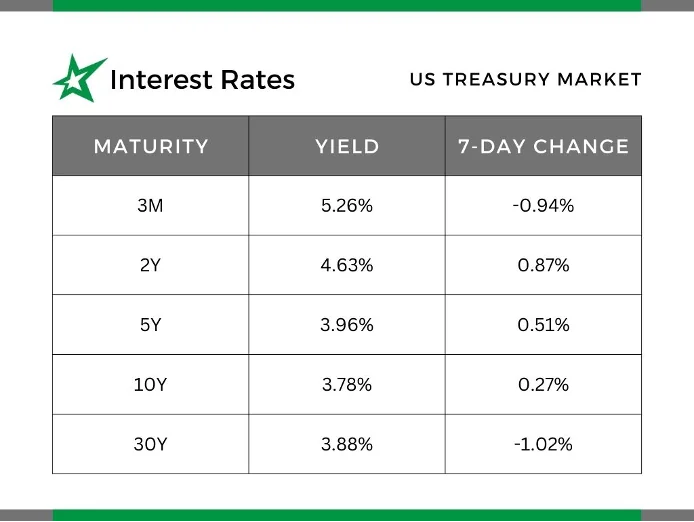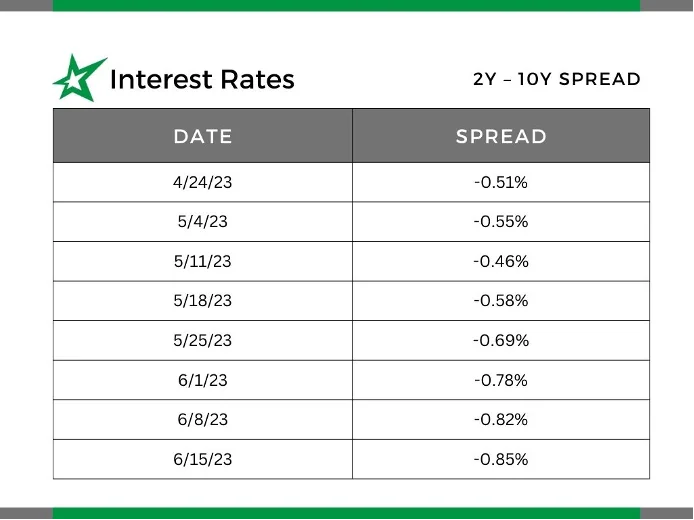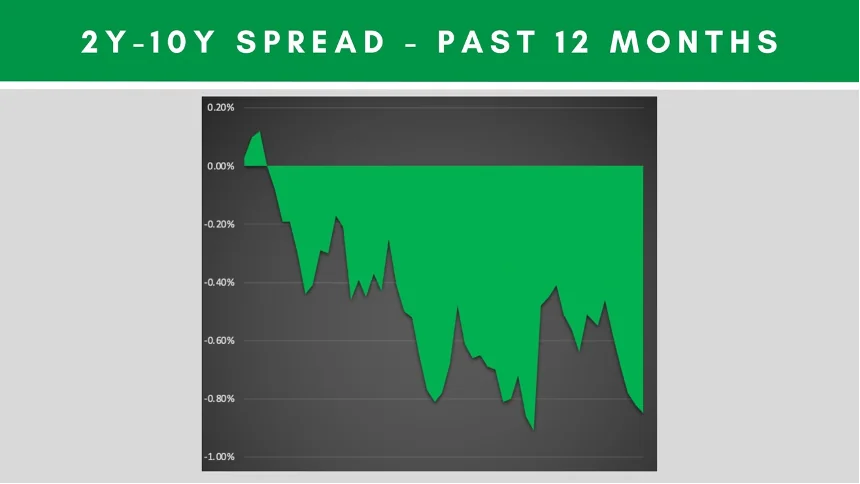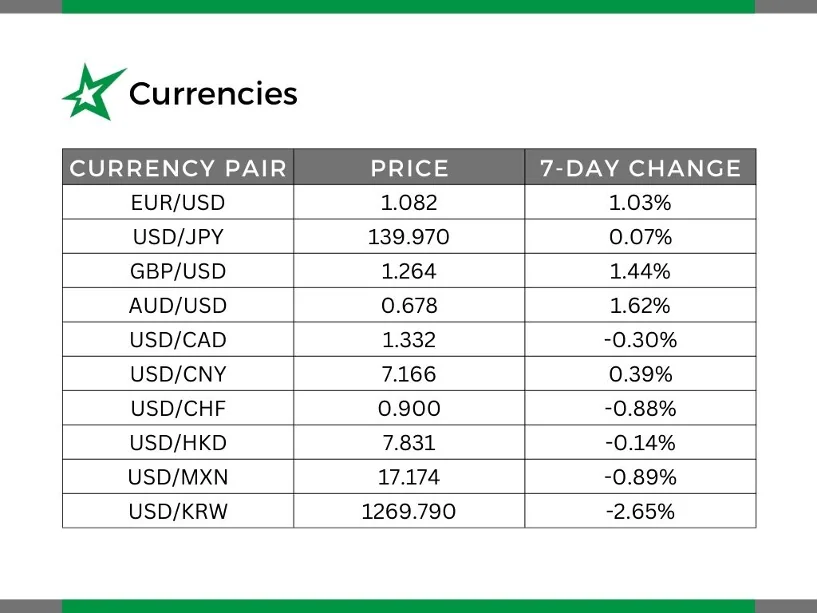Table of Contents:
-
Market Moving Headlines
-
Interest Rates
-
Currencies
-
Commodities
-
Concept of the Week: Risk versus Speculation
-
Quote of the Week
Market Update: Fed Leaves Rates Unchanged
-
Fed Leaves Rates Unchanged: The Fed leaves the target for the funds rate unchanged at 5.00%-5.25%.
-
In the Fed announcement, they signal that rates may go to 5.60% by year-end if the economy and inflation do not slow down more.
-
US producer prices fall 0.3% month-over-month in May 2023 which was more than expected.
-
The Canadian dollar appreciates to a 7-month high.
-
Australian dollar approaches a 4-month high.
-
Sterling exceeds 1-year high.
-
Sugar nears an 11-year high.
-
Zinc approaches a 1-month high.
-
US crude stocks rose the most in 17 weeks.
-
US mortgage applications rise for the first time in five weeks.
-
Eurozone industrial output rebounds.
Interest Rates
Currencies
Commodities
Concept of the Week: Hedging Market Risk
Managing market risk involves implementing strategies that aim to reduce the impact market fluctuations on a company’s performance. This is often done through hedging. Companies employ various techniques to hedge market risk depending on their specific exposures and risk management objectives. Some common techniques used by companies include:
Forward Contracts: Forward contracts are agreements between two parties to buy or sell an asset at a specified price on a future date. Companies can use forward contracts to lock in prices for inputs or outputs such as interest rates, currencies, or commodities.
Futures Contracts: Futures contracts are similar to forward contracts but are standardized and traded on exchanges. Companies can utilize futures contracts to hedge against price fluctuations of interest rates, currencies, and commodities.
Options: Options provide companies with the right, but not the obligation, to buy or sell an asset at a predetermined price within a specified period. Put options can be used to hedge against price declines, while call options can hedge against price increases.
Swaps: Swaps are financial contracts that allow companies to exchange cash flows or liabilities based on different variables such as interest rates or currencies.
Natural Hedges: Some companies have built-in natural hedges within their business operations. An example would be a company that has revenue in one currency and expenses in another currency. Rarely do they offset perfectly requiring some use of one of the techniques mentioned above.
It is worth noting that hedging strategies involve various costs and considerations, such as transaction costs, counterparty risks, basis risk, etc. Companies should carefully assess their risk exposures, consult with risk management professionals, and develop appropriate risk management policies and guidelines.
Quote of the Week
“It’s not about predicting the future; it’s about managing the risks.” – Peter Drucker
Want this article in PDF form? Check it out!
Author: John Trefethen, Director and Co-Founder
Mobile: 612-868-6013
Office: 952-746-6040
Email: jtrefethen@hedgestar.com
HedgeStar Media Contact:
Megan Roth, Marketing Manager
Office: 952-746-6056
Email: mroth@hedgestar.com
Check out our services:








